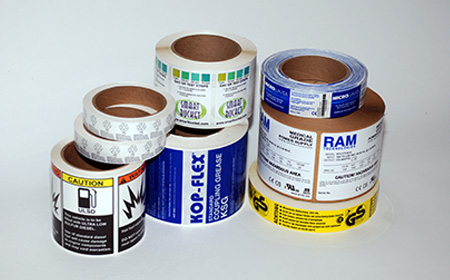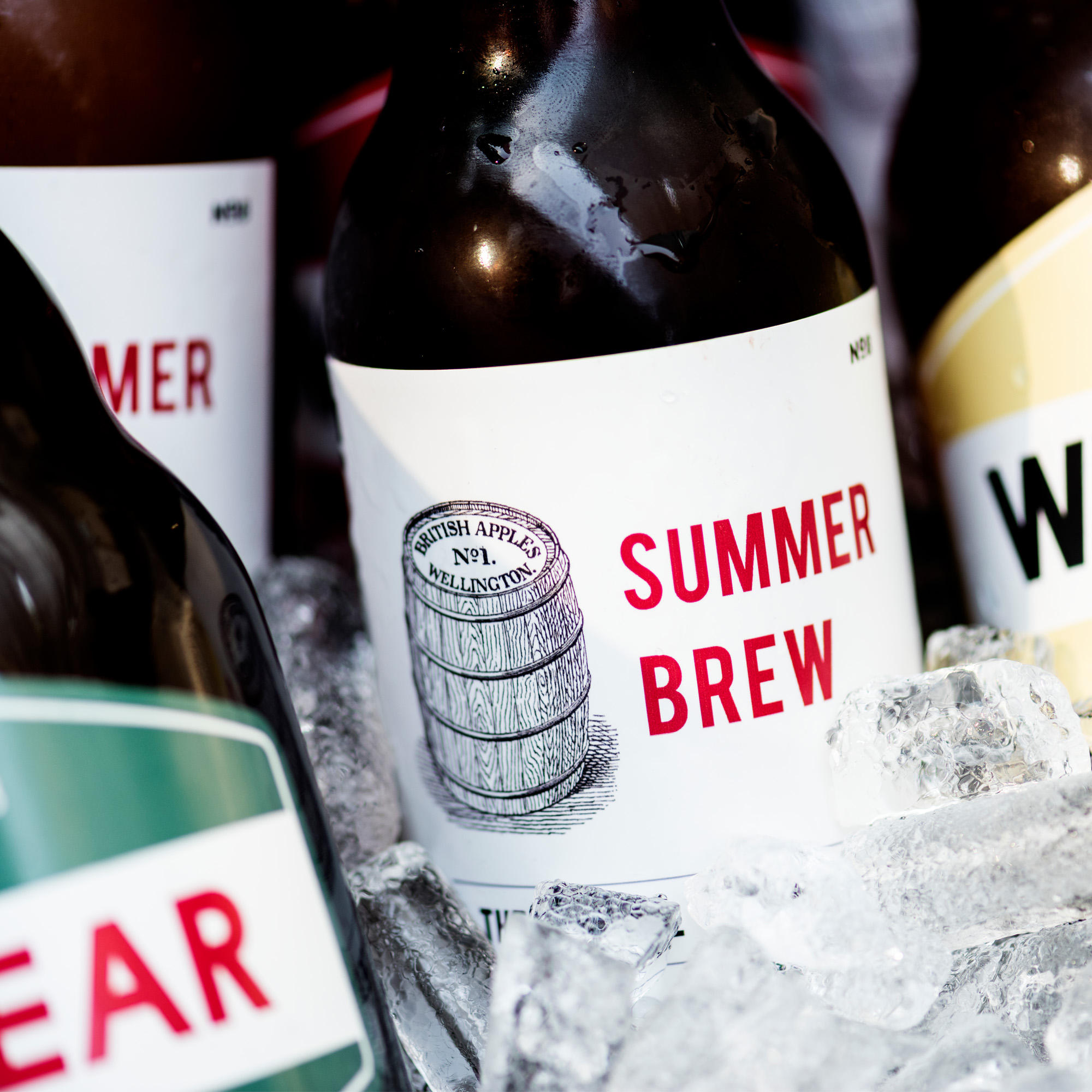With a wide variety of label materials to choose from, it can be difficult to know which is the best choice for your project. Here are four important steps to take when choosing your label material to ensure you make the right choice every time.
Step 1: Know Your Product
The first step to choosing the correct label material is to know what product or surface the label will be applied to. Will it be adhered to a glass bottle? A ceramic pot? A plastic tub? While most of our materials will work on a variety of surfaces, this is still an important consideration. For example, rougher surfaces or uneven textures may warrant a material with a stronger adhesive. Or, if it’s a container you’re looking to reuse often, you might consider choosing a material with a removable adhesive to allow you to easily peel and re-stick your labels.
When it comes to labeling a specific product, it’s important to know the ingredients that make up the product and how they could react with your label. This is especially important for cosmetic products such as lotions, serums, or any other product based in butters or oils In cases like this, it is best choosing any of our BOPP materials such as White BOPP, Clear BOPP, or Silver BOPP. These materials are both weatherproof and oil proof, giving you the highest level of protection possible.
Step 2: Know Your Use
It’s also important to consider where your product will be used or the elements your label could be exposed to. If your label will be going on a product meant for the shower, bathroom, or another moisture-rich environment, you’ll want to ensure your material can adapt to this. We recommend choosing any of our Weatherproof material options for this type of use.
The same goes for labels that will be exposed to extreme temperatures. It’s crucial that you choose a material that’s engineered to withstand these types of environments. Any of our Temperature Resistant materials will work for this, though we typically recommend All Temperature White Uncoated or All Temperature Latex White in most of these cases.
Step 3: Know Your Production Method
How are you looking to have these labels produced? Do you plan to print them yourself at home or have them printed professionally? If you’re looking to print your own labels, you can choose from a variety of our sheet materials. However, don’t forget to check that the material will be compatible with your printer type. Some of our materials are only compatible with Laser or Inkjet printers and will not work with both. Check out our full selection of Laser or Inkjet materials to find what will work for your needs.
If you’d prefer to have your labels printed professionally, you can do so by placing a custom printed order. This option gives you more flexibility with the format your labels will be produced in, allowing you to choose either sheets, rolls, or cut-to-size labels. Each of these label types have their own merits and are good for different applications.. Each of these label types also comes with a selection of different materials for you to choose from. Please note that not all of our materials are available in each label format.
Step 4: Know Your Style
Last but not least, it can be helpful to know what type of style you want your labels to portray. Are you looking for a textured, organic look? If so, you may want to consider one of our natural materials like Brown Kraft or 100% Recycled White. If you’re looking for something more sleek and modern, we’d recommend choosing a clear material for a seamless look or a metallic material for an eye-catching pop. We also offer a variety of colored materials, along with fluorescents and pastels.


